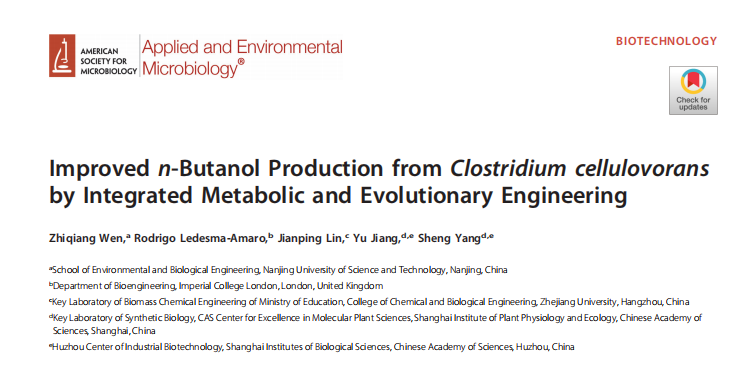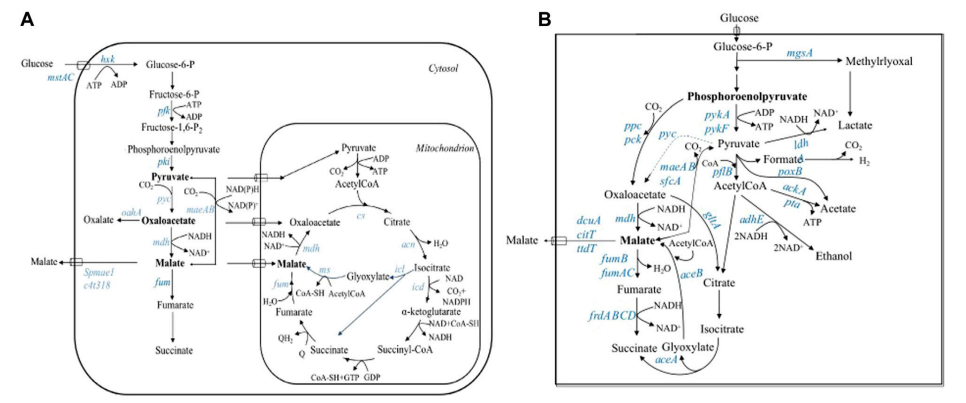Less than a month after the world’s first approval of CRISPR-Cas9 genome editing therapy, this therapy received a second approval – this time from the United States, due to its strict regulation and lucrative healthcare market.

The UK regulatory agency approved this therapy on November 16th, which inactivates a gene as a means of treating a hereditary blood disease called sickle cell disease. Many other CRISPR-Cas9 therapies based on the same principle are currently undergoing clinical trials as treatment methods for a range of diseases.
Although these therapies are complex, they are only the beginning. “We tend to refer to these as the first generation genome editors,” said Keith Gottesdiene, CEO of Prime Medicine in Cambridge, Massachusetts. The company is developing genome editing therapy. “They can do some amazing things, but they are quite limited.”
However, a new batch of CRISPR based systems have overcome these limitations. These systems edit DNA more accurately and comprehensively than the original genome editor. They can make changes, such as turning on genes, which initial tools cannot do. Marianne Carlon, a lung disease expert at the Respiratory and Thoracic Surgery Laboratory at the University of Leuven in the Netherlands, said that regulatory approval of the classic CRISPR-Cas9 lays the foundation for the next generation of genome editing technology.
Related Products
| Category | Subcategory | Product Name | Catalog Number | Price |
|---|---|---|---|---|
| Genome Editing | CRISPR Tools | Cas9-NLS | GE0001 | Online Inquiry |
| Genome Editing | CRISPR Tools | CD® Cas12a | GE0002 | Online Inquiry |
| Genome Editing | CRISPR Tools | CD® Cas9 Nickase | GE0003 | Online Inquiry |
| Genome Editing | CRISPR Tools | CD® Cas9 Nuclease | GE0004 | Online Inquiry |
| Genome Editing | CRISPR Tools | CRISPR Nuclease mRNA | GE0005 | Online Inquiry |
| Genome Editing | CRISPR Tools | gRNA Synthesis Kit | GE0006 | Online Inquiry |
| Genome Editing | CRISPR Tools | Monarch RNA Cleanup Kit | GE0007 | Online Inquiry |
| Genome Editing | CRISPR Tools | sgRNA Synthesis Kit | GE0008 | Online Inquiry |
| Genome Editing | CRISPR Tools | SNAP-tagged dCas9 | GE0009 | Online Inquiry |
| Genome Editing | CRISPR Tools | Staphylococcus aureus Cas9 | GE0010 | Online Inquiry |
| Genome Editing | Gene Assembly | High-Fidelity DNA Assembly Master Mix | GE0012 | Online Inquiry |
| Genome Editing | Genome Editing Detection Tools | Genomic Cleavage Detection Kit | GE0013 | Online Inquiry |
Base editing
Genome editing provides an opportunity to correct mutations that cause cystic fibrosis, which can affect the lungs and digestive system. However, the classic CRISPR-Cas9 method is almost useless in this regard: “CRISPR is much better at destroying things than repairing them,” Gottesdiener said.
On the contrary, Carlon is exploring a treatment method for cystic fibrosis using base editing, which can alter individual DNA letters or bases – for example, converting T to G or C to T. Base editing relies on the Cas9 enzyme used in the original CRISPR system to target these changes to the correct location. But unlike traditional CRISPR-Cas9, base editing typically does not cut two DNA strands at the same point. On the contrary, Cas-9 guides other enzymes to the selected site, where they can perform the necessary work to alter DNA bases.
In the seven years since base editing was first reported, researchers have developed methods to reduce the unnecessary DNA changes it produces and to reduce the size of its components so that they can enter cells more easily. Base editing therapy has been used in early clinical trials, including the treatment of high cholesterol and a type of leukemia. But the extraordinary precision of this technology comes at the cost of lack of flexibility: it can only be used to alter certain DNA sequences and cannot insert DNA blocks into the genome.
Leading editor
In 2019, a new CRISPR system called “Prime editing” is expected to address these limitations. Lead editing can alter individual DNA bases, but it can also insert or delete a small segment of DNA at the target site. It is more flexible than base editing because it can target and correct almost any position in the genome.
But it is also more complex. Carlon said, “There is a lot of versatility, but it makes its work a bit challenging.”
Since 2019, researchers have improved the efficiency of initial editing by designing better enzymes, while other enhanced functions can prevent the intervention and introduction of errors in the natural DNA repair mechanism of cells.
Next year, Prime Medicine plans to seek permission from the US Food and Drug Administration (FDA) to launch a clinical trial of gene editing therapy for chronic granulomatosis (a genetic immune disease).
At the same time, researchers are driving the development of this technology and designing methods to insert increasingly large DNA fragments into target sites in the genome. Omar Abudayyeh, a biological engineer at the Massachusetts Institute of Technology in Cambridge, said that this opens the door to replacing entire genes, making it easier to develop a treatment for genetic diseases such as cystic fibrosis, which may be caused by many different mutations within a gene. Instead of designing treatment methods to correct each mutation, perhaps one day a defective gene copy can be replaced with a new gene.
He said, “In this way, you have a medication that is suitable for every patient of this disease. Everyone is doing it in different ways.”
Epigenomic editing
In addition to altering the sequence of genes themselves, the CRISPR system can also alter gene expression by altering the epigenome, including a series of chemical modifications to DNA that can affect gene activity.
The technology for epigenomes is not developing as quickly as base editing technology. Derek Jantz, Chief Scientific Officer of Tune Therapeutics in Durham, North Carolina, said that this is partly because scientists believe that epigenomic editing is erased during cell division. “This is a common misunderstanding,” he said. “But epigenetics is very persistent.”
In May of this year, Tune’s scientists submitted data showing that they can turn off a gene called PCSK9 in non-human primates, which is responsible for regulating cholesterol, without changing the base of DNA itself. On the contrary, they used a method of adding a chemical label called methyl to DNA, which can regulate gene activity. Jantz said that this impact lasted for at least 11 months.
Compared to some RNA based drugs, the long-term effects of epigenome editing may have advantages, and these drugs must be re taken every few weeks or months. Jantz said that the fact that this treatment does not involve altering DNA alleviates regulatory concerns about the safety of CRISPR-Cas9 treatment.
Lei Stanley Qi, a synthetic biologist at Stanford University in California, said that this discovery is also an example that further understanding of the epigenome can drive these treatments forward and address diseases that other forms of CRISPR editing cannot solve. For example, Tune hopes to use epigenome editing to treat hepatitis B virus infection by silencing viral DNA that lurks in cells, even after antiviral therapy.
“Although these applications differ significantly from the CRISPR-Cas9 editing used in the first approved CRISPR drug, regulatory approval helps to make CRISPR based editing a viable method for treating diseases,” Qi said. Conversely, this may enhance people’s interest in epigenome editing. He said, “Getting approval is a big deal. After that, I think we will enter the fast lane.”









